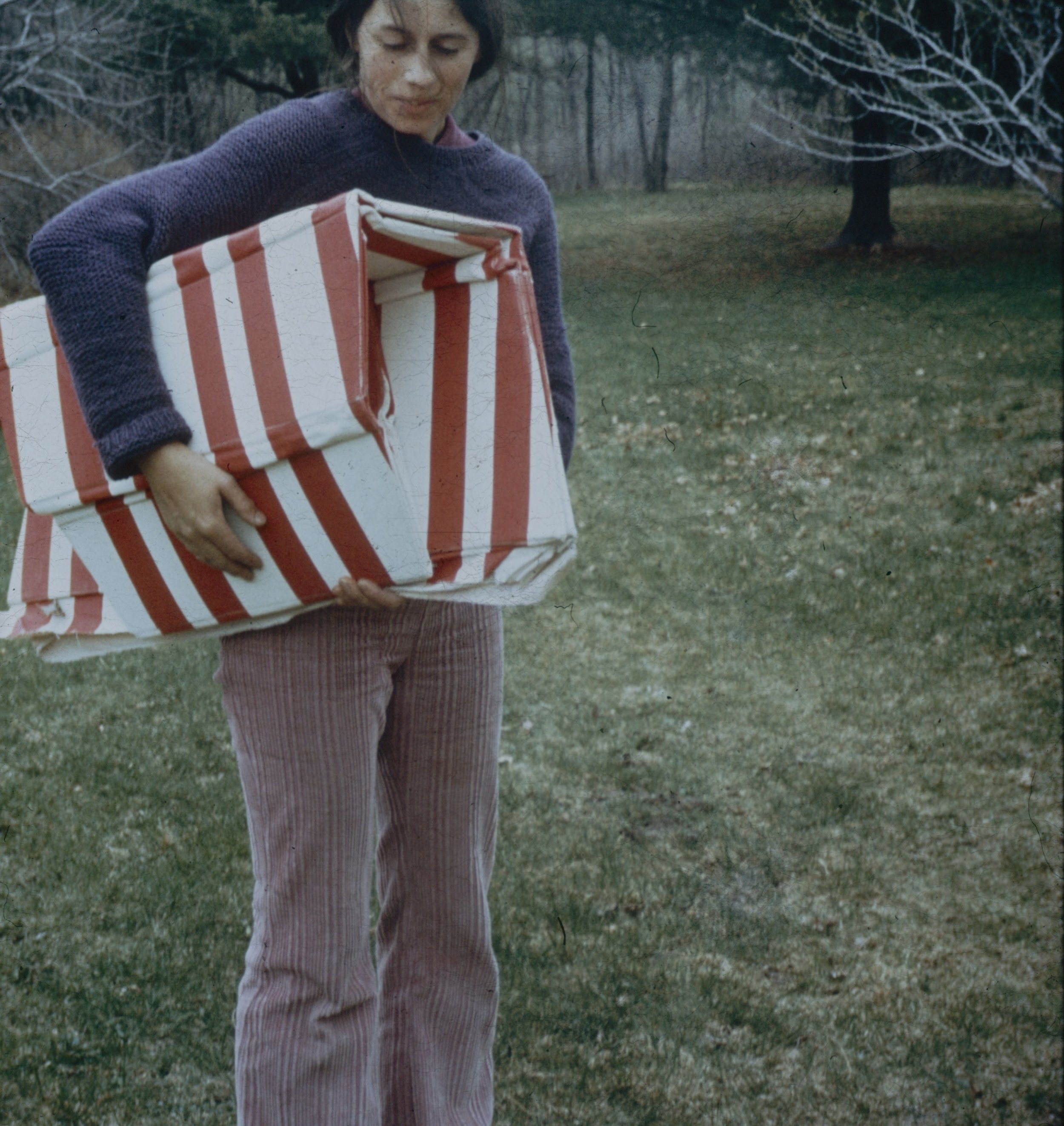


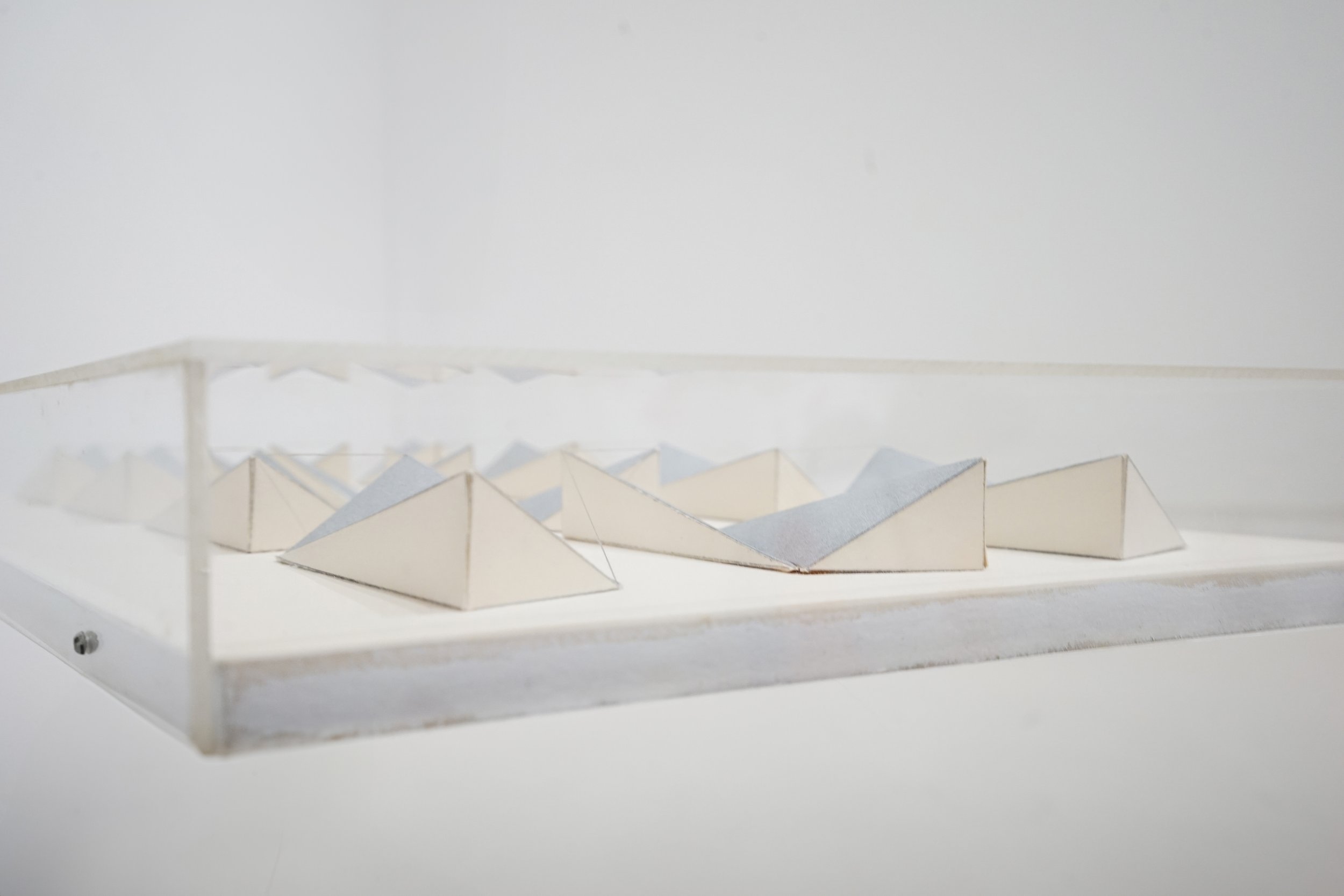

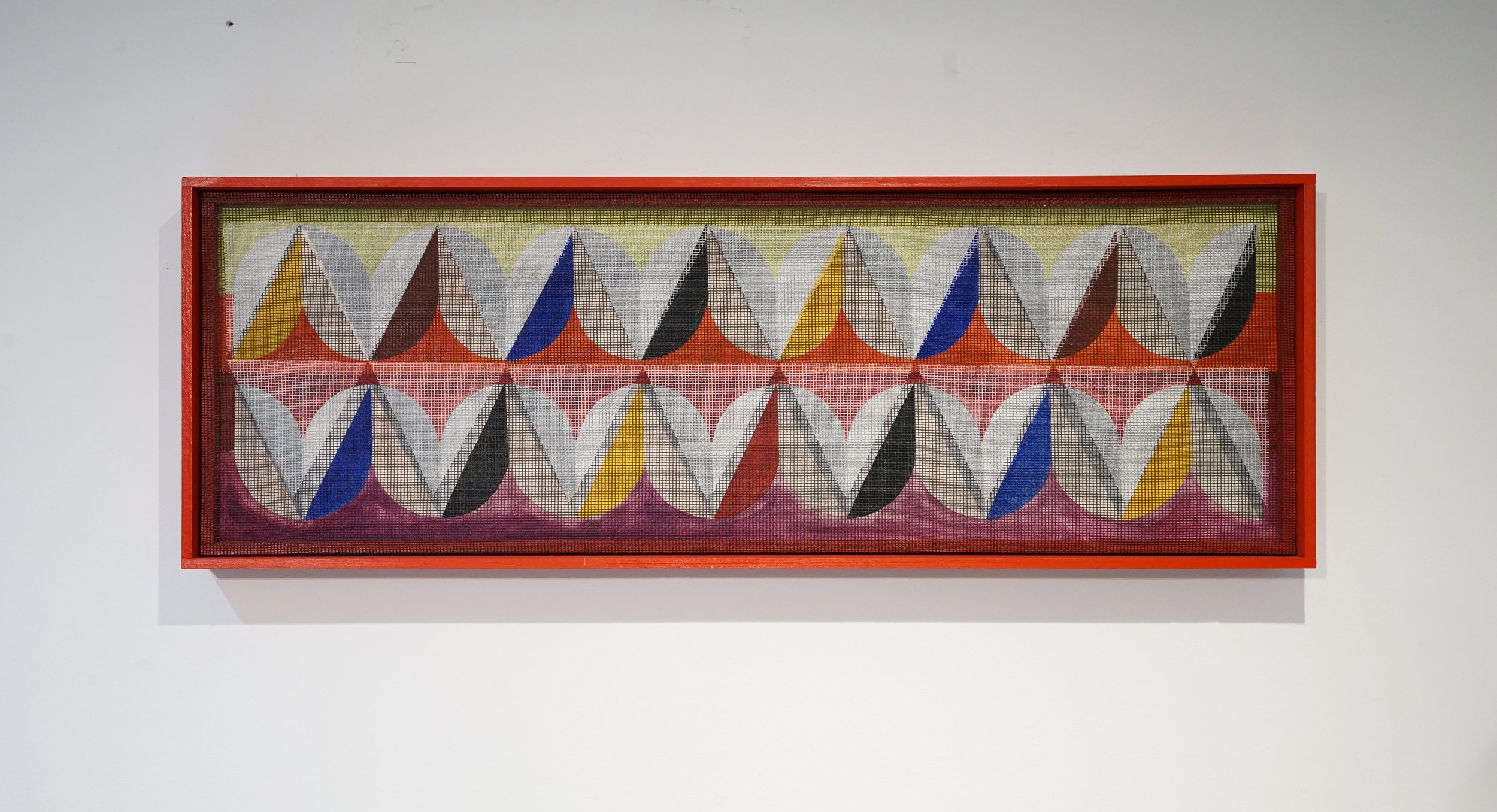
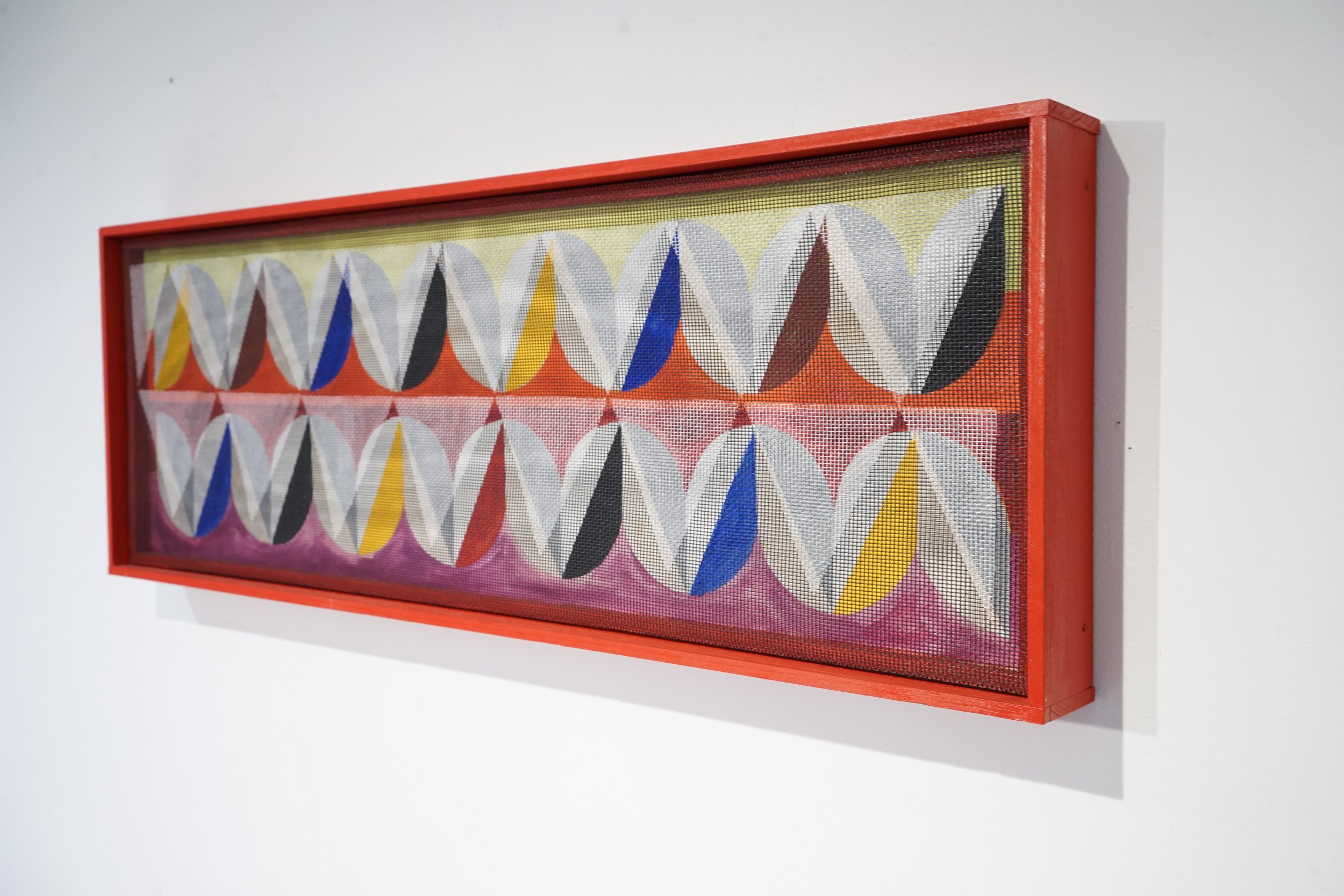
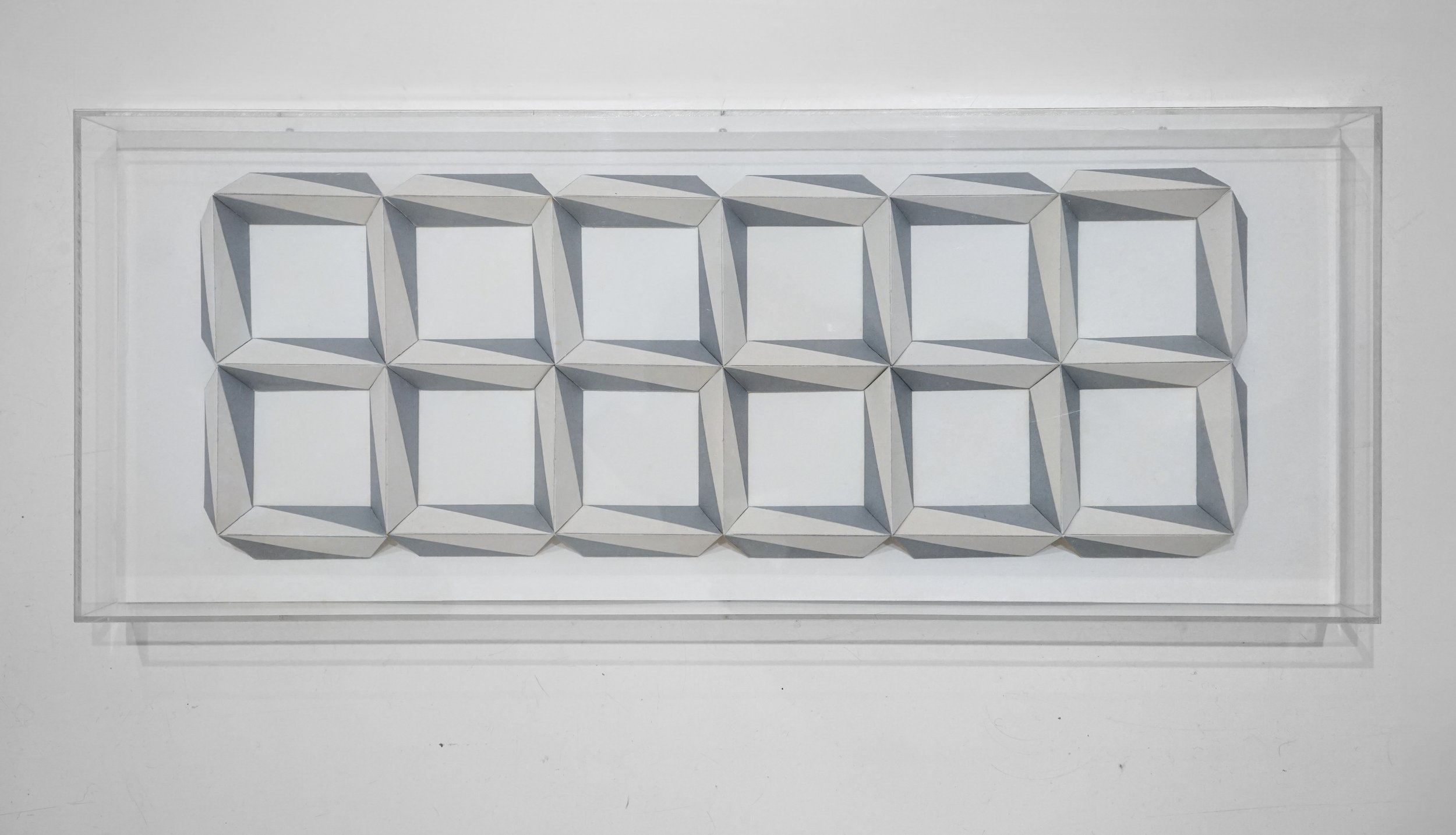
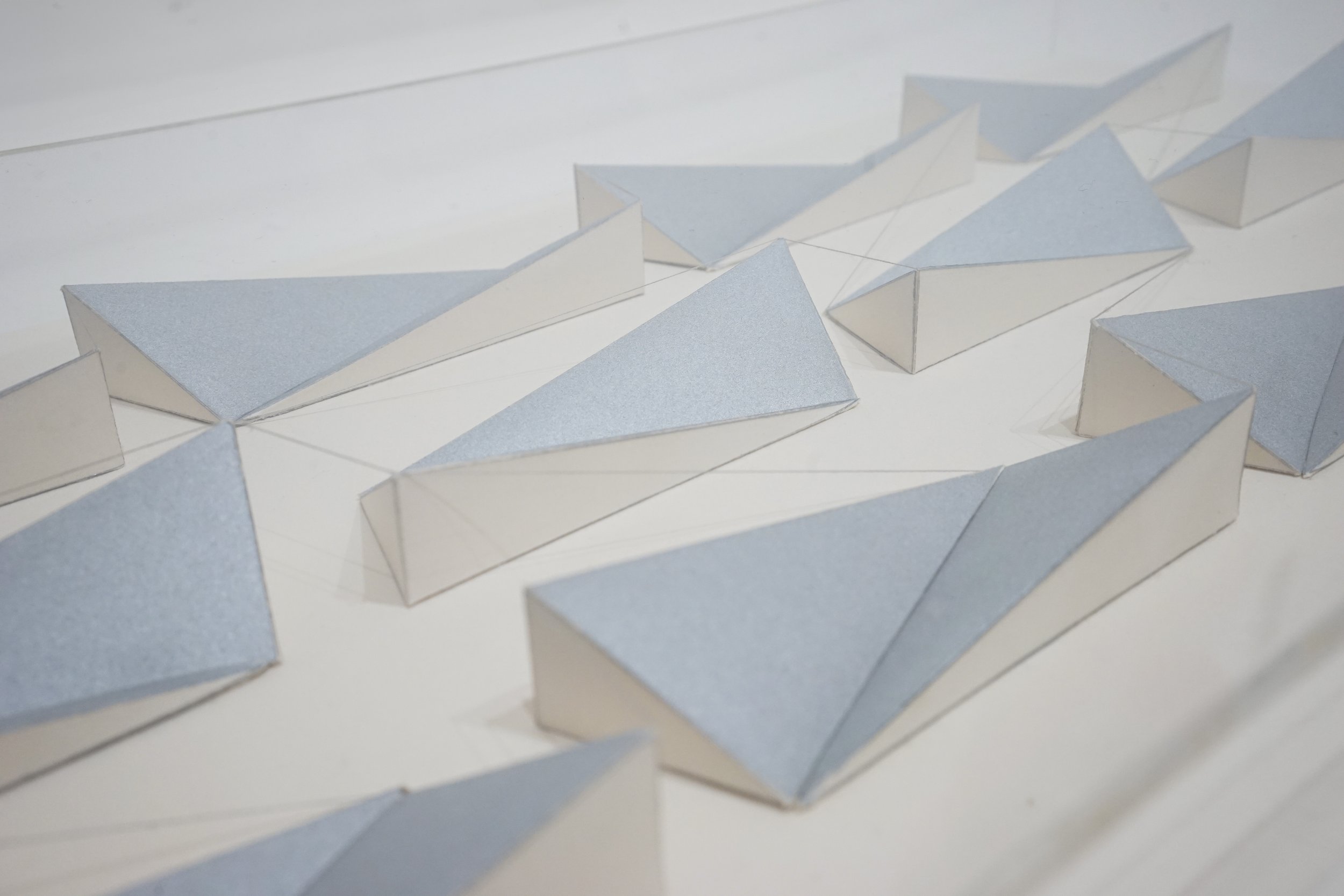
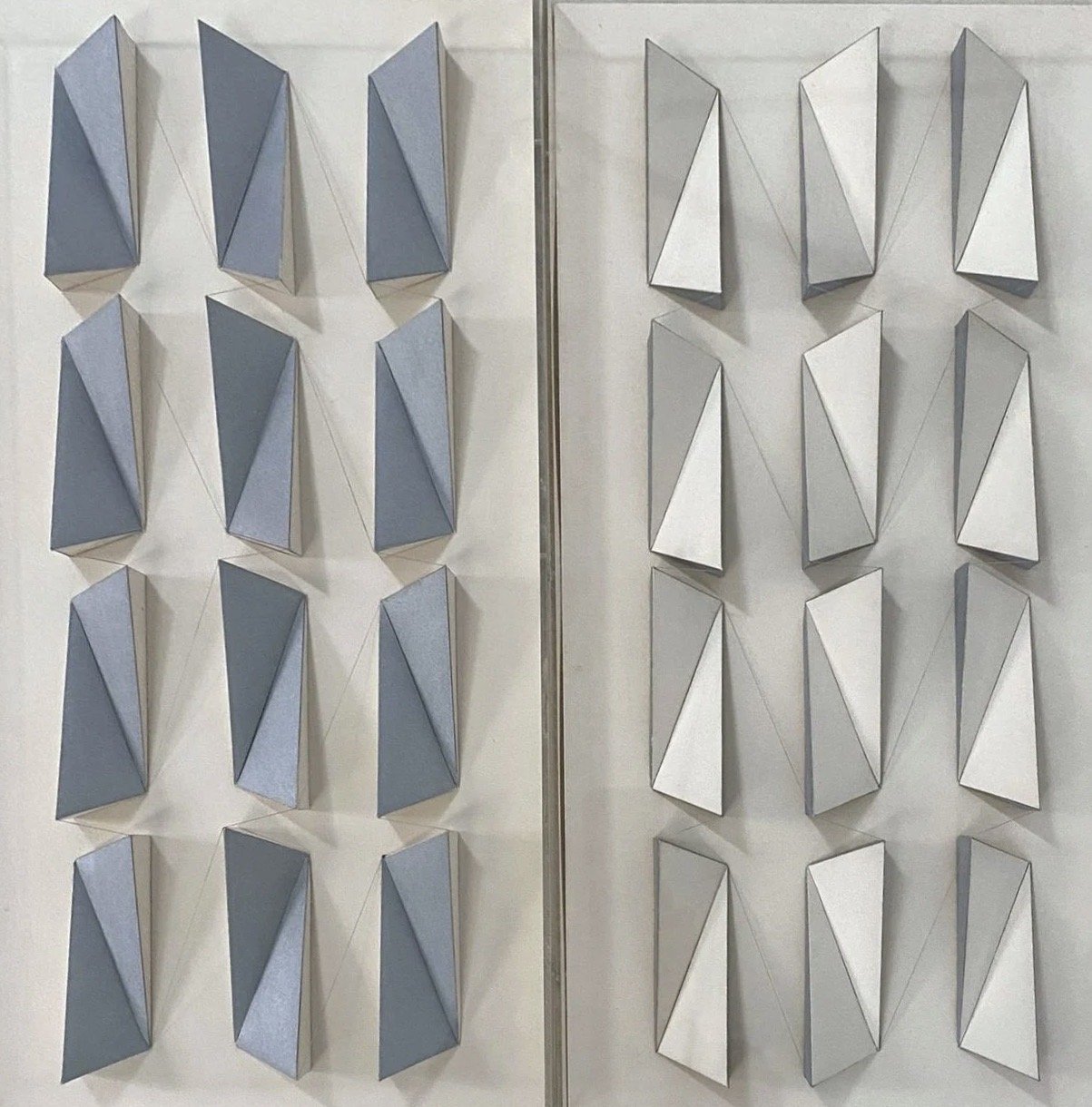
Benigna Chilla
Benigna Chilla, born in 1940 in Hamburg, Germany, began her studies at the Folkwangschule für Gestaltung in Essen. She received her "Meisterschüler" in Painting from the Academy of Fine Arts, Berlin. As a student of Bauhaus professors, she studied a broad range of skills, from typesetting to drawing, sculpture, and printmaking.
Chilla moved to the United States in 1969, completing her graduate studies at the State University of New York at Albany and the University of Massachusetts, Amherst. She has held residencies at Yaddo, the Djerassi Foundation, the Atlantic Center for the Arts and the Fine Arts Work Center in Provincetown, MA. Chilla has taught at institutions such as Cornell, Brown, Berkshire Community College, RISD, VAST in Bhutan, and the National Institute of Design (NID) in Ahmedabad and National Institute of Fashion Technology (NIFT) in Kolkata, India. She has had over forty solo exhibitions both nationally and internationally.
Benigna Chilla has examined the dialectic between geometric precision and the intuition of her subconscious. Following completion of her studies in Painting at the Academy of Fine Arts in Berlin, Chilla traveled to Chatham, NY in 1969. She has lived and worked in Chatham since, punctuating her rigorous, daily studio practice with global research, teaching, and travel that inform her artistic interests in architecture, design, and nature. Chilla first visited India in 1989, and she has traveled and taught widely in South Asia over the past generation, including at the National Institute of Design (Ahmedabad), the National Institute of Fashion Technology (Kolkata), and VAST Bhutan (Thimphu)..
Having studied with Bauhaus professors in Germany, Chilla’s initial encounters with Minimalism in America sparked an engagement with principles of planar geometry around 1970; and her intuitive and personal pursuit of form and order would guide her practice for the rest of her career. Never interested in editions, Chilla transformed her prints into unique sculptural forms, beginning a decades-long, pioneering exploration of the conversation between two and three-dimensionality in art that continued with her optical paintings on layered screens from the 1980s until the early 2000s. By the 1990s, Chilla began to circulate her observations and theories on the relationship between mathematics and art, publishing in academic journals and presenting her work at conferences globally.
In the past decade, Chilla has returned to working principally on large canvases, building her ideas in paint and with remnants of textiles, which she uses both to create texture and as a material adhered to the surface. Increasingly, the artist’s color-block forms, iconometric compositions, and even the scroll-like formats of her work reflect the importance of the time she has spent in Asia to her practice. The textiles that are incorporated into Chilla’s recent paintings are largely sourced in South and Southeast Asia, and include saris, sarongs, and other vintage fabrics from her annual journeys, as well as materials that friends send to her—the canvases speaking to the depth of her transnational relationships. In these works, Chilla continues to build complex constellations of abstracted imagery, including geometric forms alongside linear and organic structures inspired by research, travel, and a lifetime of understanding the world through the prism of her hands.
Chilla’s works can be seen publicly in collections globally including Flaten Art Museum, St. Olaf College, MN; Neuberger Museum, Purchase, NY; Newport Museum, Newport, RI; Rochester Institute of Technology, Rochester, NY; University at Albany Fine Art Museum, Albany, NY; Museum Modern Art, Hünfeld, Germany; Negev Museum, Beersheva, Israel; University of Buenos Aires, FADU, Argentina; University Museum of Toluca, Mexico; Oomoto Foundation, Kameoka-shi, Kyoto, Japan.

